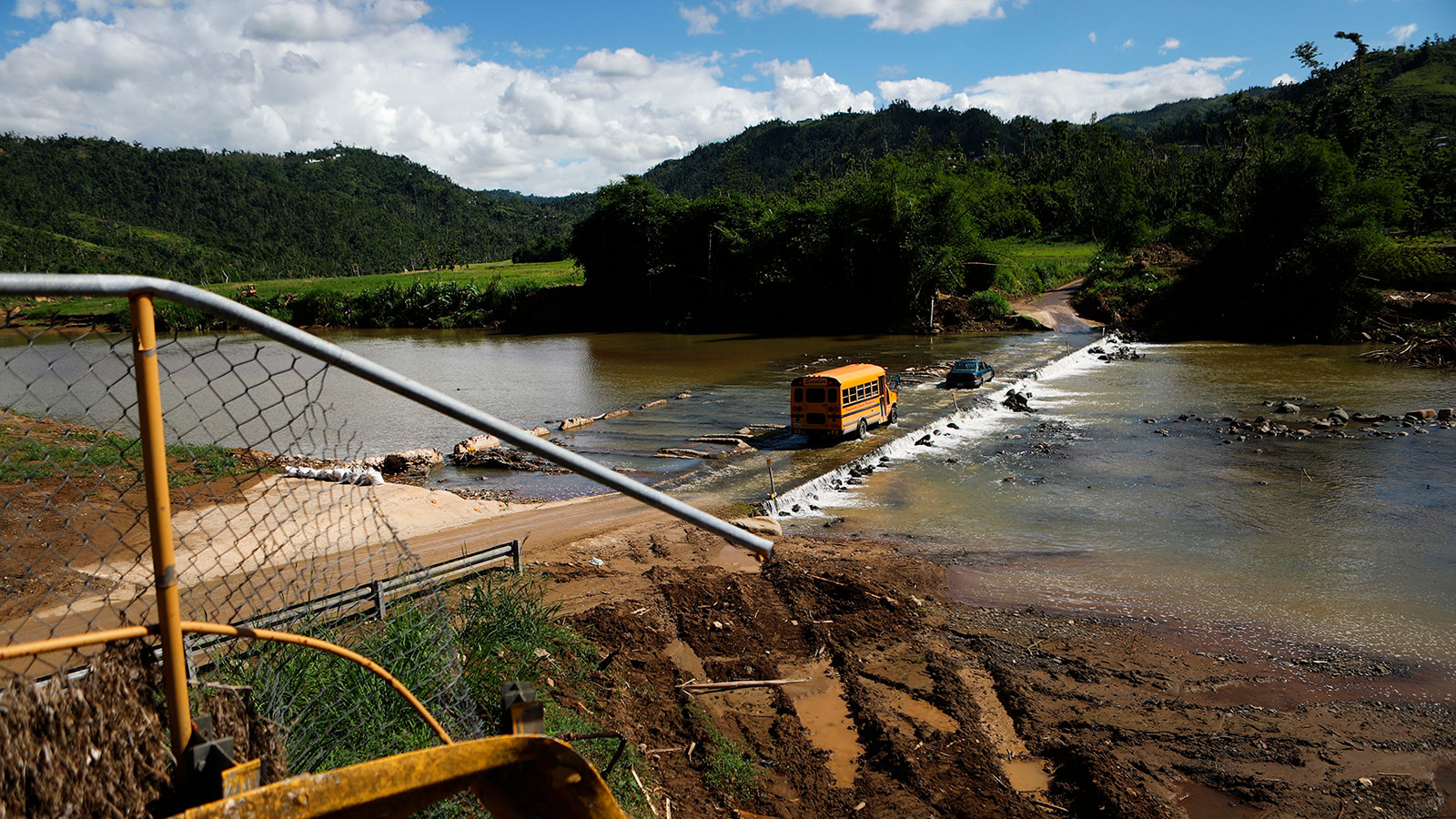The first-ever courtroom tutorial of climate science this week went about as you’d expect. The scientists representing Oakland and San Francisco had Powerpoint problems, and the oil industry’s lawyer cherry-picked his facts.
For all their differences, both sides drew from a common source: The Intergovernmental Panel on Climate Change is the gold-standard for mainstream climate science. Problem is, the last IPCC report came out way back in 2013. As it turns out, we’ve learned a lot about our climate since then, and most of that new information paints an increasingly urgent picture of the need to slash fossil-fuel emissions as soon as possible.
Chevron attorney now up – "from Chevron's perspective there's no debate about climate science" going to be quoting chapter and verse from IPCC reports. It's an "amazing resource"
— Nathanael Johnson (@SavorTooth) March 21, 2018
It’s convenient that Chevron’s attorney relied on that aging five-year-old report. The next IPCC report isn’t planned for public release until the fall of 2019. Gathering consensus takes time, and the result is that IPCC reports are out of date before they’re published and necessarily conservative.
The climate models used in these reports grow old in a hurry. Since the 1970s, they’ve routinely underestimated the rate of global warming. Some of the most recent comprehensive assessments of climate science, including last year’s congressionally-mandated, White House-approved, Climate Science Special Report, include scary new sections on “climate surprises” like simultaneous droughts and hurricanes, that have wide-reaching consequences. The scientists representing the two cities knew this, and didn’t limit their talking points to the IPCC.
“Positive feedbacks (self-reinforcing cycles) within the climate system have the potential to accelerate human-induced climate change,” says a section from that Climate Science Special report, “and even shift the Earth’s climate system, in part or in whole, into new states that are very different from those experienced in the recent past.” None of this was included in the last IPCC report.
Actually, a helluva lot has changed in our understanding of the Earth’s climate system since the 2013 IPCC report. Here are some of the highlights:
- Sea-level rise is going to be much worse than we thought. Like, potentially a lot worse. In the last IPCC assessment, the worst case scenario for sea-level rise this century was about three feet. That’s now about the midpoint of what’s expected; the worst-case has ballooned to about eight feet. That’s largely because …
- Antarctica’s massive ice sheets could collapse much more quickly than we thought. Newly discovered mechanisms of collapse in some of the planet’s largest and most vulnerable glaciers in the West Antarctic Ice Sheet are beginning to capture the attention of the scientific community. Should these mechanisms kick in over the next few decades, they’d unleash enough meltwater to flood every coastal city on Earth.
- Extreme weather is here and can now be linked to climate change in real time. From the Arctic to the tropics, wildfires, intense storms and other extreme weather events have been increasingly fierce in recent years, and climate change has played a measurable role. A 2016 report from the National Academies of Sciences opened the floodgates, so to speak, of the burgeoning field of extreme weather attribution. From last year’s Hurricane Harvey to last month’s nor’easter-linked floods in Massachusetts, nearly every weather event now bares a traceable connection to human-caused climate change.
- Global warming of 1.5 degrees Celsius is pretty much locked in. A forthcoming special report of the IPCC will say that meeting the 1.5 degree target — one of the most ambitious commitments of the Paris Agreement — looks “extremely unlikely.” Humanity’s shift to zero-carbon energy sources is moving about 10 times too slowly. At this point, it would probably take geoengineering to prevent it. Researchers have started testing ways to do that.
- We’ve already lost entire ecosystems, most notably coral reefs. During a record-breaking El Niño event in 2015, the world lost massive swaths of coral in a global bleaching event “unlike anything we’ve ever seen before.” More than 90 percent of the world’s coral will surely die by 2050 without rapid emissions reductions. That means one of the richest stores of biodiversity on the planet is already in jeopardy.
The climate system is moving much more quickly than we thought, and human action to curb climate change is moving much too slowly. Nasty surprises are increasingly possible, and hopeful surprises are more necessary than ever. But there’s some solace to take from this week’s events. The hearing this week is just one of the many courtrooms in which Big Oil has been forced to defend itself. Challenging polluters directly through the courts might result in one of those hopeful surprises people weren’t betting on five years ago.



